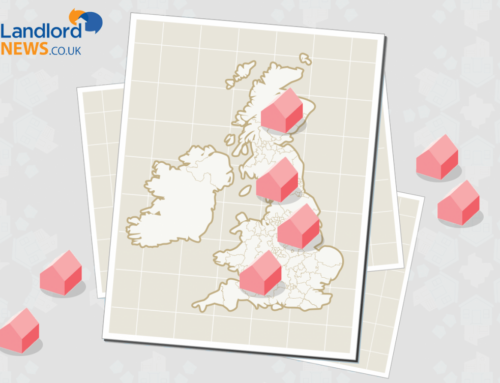Home » Uncategorised »
A Landlord’s Guide to the 3% Stamp Duty Surcharge
This article is an external press release originally published on the Landlord News website, which has now been migrated to the Just Landlords blog.

As of 1st April 2016, buy-to-let landlords and second homebuyers are charged a 3% Stamp Duty surcharge on additional residential dwellings.
The measure forms part of a series of policies introduced by the Government to crack down on landlords.
The additional 3% Stamp Duty charge could represent a significant extra cost to buy-to-let landlords, which may affect the economic viability of future property investment.
What types of property are affected?
Although we might think we know what a residential dwelling is, it is worth noting that this also includes buildings that are in the process of being adapted for use as a dwelling, off-plan purchases and holiday homes. Commercial properties are, however, unaffected by the surcharge.
What are the other conditions?
The additional Stamp Duty charge will generally apply to residential property purchases if:
- The purchase price is £40,000 or more.
- The purchaser already owns another residential property with a market value of £40,000 or more.
- The dwelling being purchased is not replacing the purchaser’s only or main residence.
As a result, the surcharge will apply to most residential property acquisitions by landlords. There are some limited exemptions for properties purchased whilst subject to a lease with more than 21 years to run, but these cases are rare.

A Landlord’s Guide to the 3% Stamp Duty Surcharge
What else do I need to know?
The rules surrounding the additional charge are complex, but here are some points you should know:
- If a property is purchased jointly (by a married couple, for example), the additional Stamp Duty charge will apply to the whole transaction if one of the purchasers, when considered individually, would be caught by the change.
- Some instances, when someone might not expect to be caught, can still fall within the rules. For example, if an individual owns one or more rental properties but is now acquiring a residential property as their home, unless they dispose of all properties before the purchase, the 3% surcharge will apply.
- Contrary to previous claims, limited companies owning more than 10 properties will be hit by the charge.
Can I reduce the impact of the surcharge?
Certain purchases will fall outside of the rules, but this will mostly be limited to replacements of main residences. This requires disposing of the replaced property, within a period of three years of the acquisition, preventing landlords from hopping between homes to avoid the surcharge.
However, some reliefs are also available:
- If more than one property is purchased in a single transaction, multiple dwellings relief may be available, which ensures that the average cost is used when calculating the Stamp Duty charge. Although the 3% surcharge will still apply, this method can significantly reduce the cost.
- Sometimes, the potentially lower commercial rates of Stamp Duty can apply. This includes acquisitions of mixed-use properties (such as flats above shops), purchases or more than six individual dwellings in one transaction, and certain linked purchases where a commercial property is purchased alongside a residential dwelling.
There are other options available, however, it is always a good idea to seek advice on the best way to structure your property transaction.
For an example of how much the 3% surcharge will hit landlords, look at the calculations below:
If a homeowner with a single dwelling were to purchase a £300,000 property, they would be charged Stamp Duty in the following way:
0% on the first £125,000 – £0.00
2% on the next £125,000 – £2,500.00
5% on the final £50,000 – £2,500.00
= £5,000.00
If a buy-to-let landlord bought the same property for £300,000, they would be charged as such:
3% on the first £125,000 – £3,750.00
5% on the next £125,000 – £6,250.00
8% on the final £50,000 – £4,000.00
= £14,000.00
This represents an additional £9,000 in Stamp Duty for the landlord, or an increase in the tax of around 200%.
Remember to seek financial advice if you are unsure of how the tax change will affect you.




